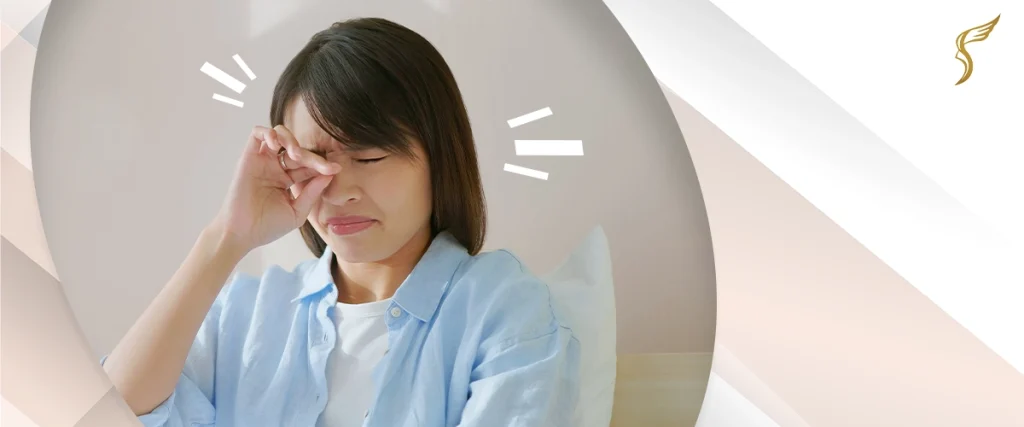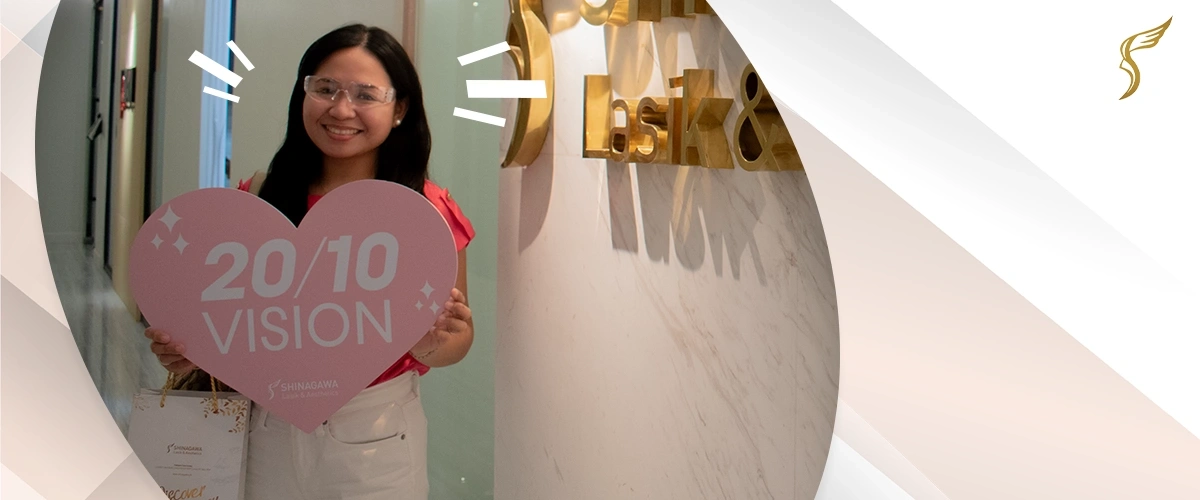Undergoing LASIK is a THE ultimate step toward clearer vision. As with any surgical procedure, proper post-operative care is essential to ensure optimal healing and results.
One of the most important aspects of this recovery process is wearing an eye shield. But how long should you wear it? And why is it so necessary?
Let’s explore the role of the eye shield, recommended duration of use, factors that may influence it, and how it contributes to your recovery journey.
Why Is an Eye Shield Necessary After LASIK?
After LASIK, the corneal flap created during the procedure needs time to heal. In the early stages, this flap is particularly delicate and vulnerable to displacement. An eye shield acts as a barrier, protecting your eyes from unintentional rubbing, pressure during sleep, or exposure to dust and other irritants.
Even slight pressure or contact can disturb the healing flap, leading to complications such as infections, inflammation, or vision regression. Wearing an eye shield reduces these risks and helps ensure the success of your LASIK results.
Standard Recommendation: How Long Should You Wear It?
Most eye specialists recommend wearing the eye shield every night for at least the first 5 to 7 nights after LASIK. This period covers the initial phase of flap healing, which is when the eye is most vulnerable.
In some cases, your surgeon may recommend extending the use up to 10 nights or longer, especially if:
- You sleep with pets or young children.
- You tend to rub your eyes during sleep.
- You have a history of delayed healing or dry eye syndrome.
Each patient is different, so always follow your surgeon’s post-operative instructions.

What Happens If You Don’t Wear Your Eye Shields? (Risks & Complications)
Neglecting to wear your eye shields as instructed carries significant risks that can jeopardize the success of your LASIK surgery and your visual outcome.
The most severe consequence is an increased risk of flap dislocation or wrinkling. Even slight, unconscious pressure on the eye, such as during sleep, can cause the delicate corneal flap to shift. As highlighted by ophthalmic studies, flap complications, though relatively rare with proper care, can lead to severely blurred or distorted vision, often necessitating an emergency procedure to reposition the flap, or in some cases, further corrective surgery.
Beyond flap issues, there is a higher risk of infection. Rubbing your eyes with unwashed hands can introduce bacteria, while unprotected exposure to dust and debris can lead to foreign bodies entering the eye, increasing the likelihood of post-operative infection. Any infection can significantly delay healing and, in severe cases, lead to permanent vision impairment.
Ultimately, not adhering to the eye shield protocol can result in delayed healing and suboptimal visual outcomes. Any trauma or infection can prolong the recovery period, and your long-term vision may not achieve the clarity you anticipated.
Tips for Proper Eye Shield Use
- Use medical-grade adhesive tape to secure the shield comfortably.
- Clean the shield daily with gentle soap and water to avoid bacteria buildup.
- Store it in a clean container when not in use.
- Avoid placing pressure on your face when lying down.

When to Seek Medical Help (If Necessary)
Your safety and vision are our top priority. While complications are rare, it is crucial to recognize potential warning signs and contact your surgeon immediately if you experience any of the following:
- Severe or increasing pain in your eye.
- A sudden decrease or worsening of your vision.
- Increased redness or any discharge from the eye.
- Flashes of light or new floaters in your vision.
- Any concerns about the fit of your eye shield or if it causes significant discomfort.
It is always better to err on the side of caution. Do not hesitate to reach out to your eye care professional with any worries, no matter how minor they may seem.
Proper LASIK Protocols
The decision to undergo LASIK is an investment in your vision and quality of life. To truly maximize the benefits of this remarkable procedure, diligent adherence to post-operative care, particularly the consistent use of eye shields, is paramount. By understanding their critical role and following all instructions provided by your surgeon, you significantly contribute to a smooth recovery and the achievement of your best possible visual outcome.
At Shinagawa Lasik & Aesthetics, we are dedicated to guiding you through every step of your LASIK journey, from initial consultation to comprehensive aftercare.
Our commitment to your eye health extends beyond the procedure, ensuring you receive the expert advice and support necessary for a lifetime of clear vision. We encourage you to follow our articles for more informative content on maintaining optimal eye health.
For inquiries, questions, and appointments, call our Patient Care Lines:
🖥 Talk to our Consultants via Livechat: https://direct.lc.chat/6329011/
📱 Instagram: https://instagram.com/shinagawa_ph/
Citations and Resources
Shinagawa LASIK & Aesthetics strives to provide accurate and reliable information regarding LASIK procedures and eye health. We utilize primary sources to support our content, including peer-reviewed scientific studies, data from reputable medical organizations, and expert opinions. We also reference established publications and research where appropriate.
Our commitment to evidence-based information ensures that you receive trustworthy and up-to-date details to make informed decisions about your eye care.
Resources Used in This Article
- VisualAidsCentre. “How Long to Wear Eye Shield at Night after Lasik?, https://www.visualaidscentre.com/how-long-to-wear-eye-shield-at-night-after-lasik/“
- HolzmanLaserVision. “How Long Do I Have to Wear Protective Shields after LASIK or PRK?, https://www.drholzman.com/how-long-do-i-have-206275/“
- VisionCenter. “Using Eye Shields after LASIK: Duration and Importance, https://www.visioncenter.org/resources/eye-shields/“


